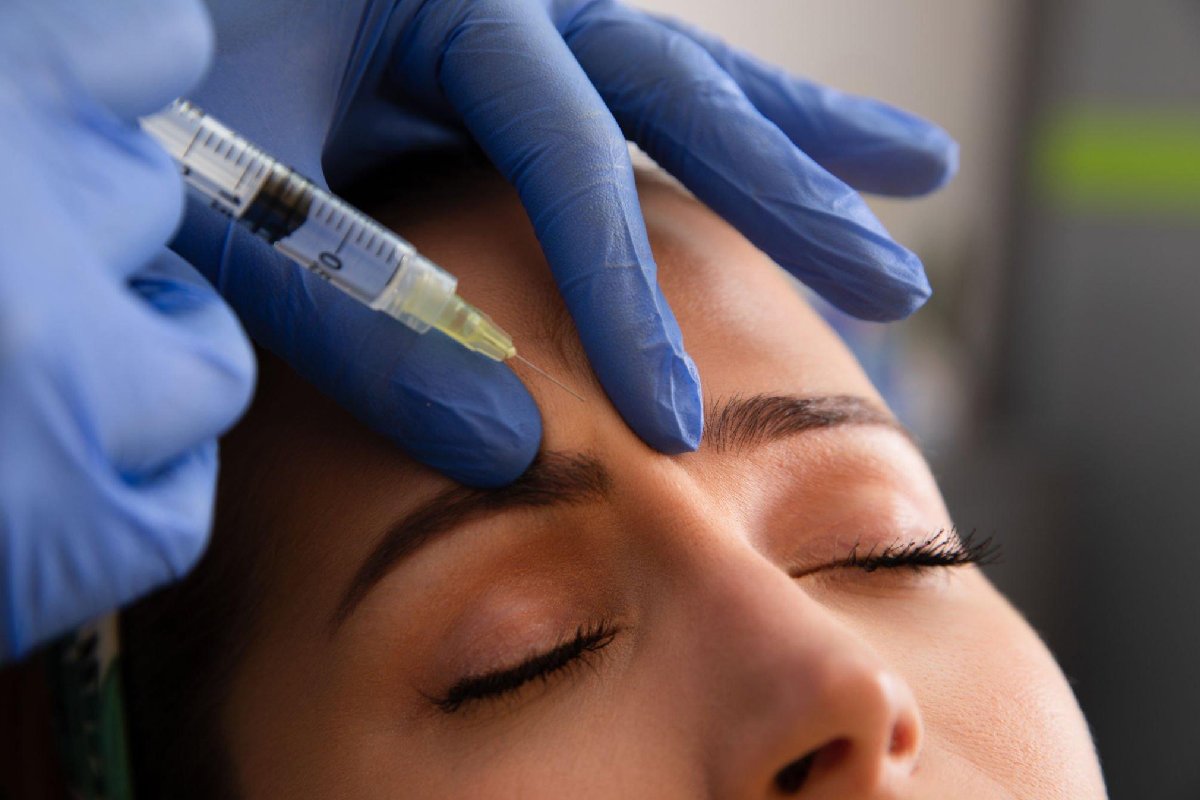Botox, one of the most popular cosmetic treatments, has been a game-changer in the world of aesthetics. It’s no surprise that this minimally invasive procedure has sparked the curiosity of many. Here we’ll explore and answer the most frequently asked questions about the Botox treatment.
Table of Contents
What is Botox?
Botox is a neurotoxin that temporarily paralyses muscles. In this world of aesthetics, it’s used to smooth out wrinkles and fine lines by relaxing the muscles responsible for creating these lines. It’s a safe and minimally invasive treatment approved by the FDA for both cosmetic and medical purposes.
How does Botox work?
Botox works by blocking the nerve signals that cause muscles to contract. When injected into specific facial muscles, it temporarily relaxes them, reducing the appearance of wrinkles. The effects usually last around three to four months, after which the muscle activity gradually returns.
Is Botox safe?
Yes, it is considered safe when administered by a qualified and experienced practitioner, like Dr Hennessy. It is essential to choose a reputable practitioner who follows strict hygiene and safety protocols to minimise any potential risks and side effects.
Is Botox Painful?
The procedure is generally well-tolerated and minimally painful. Most practitioners use very fine needles and some may even apply numbing cream to minimise discomfort during the injections.
What are the side effects of Botox?
Common side effects include temporary redness, swelling or bruising at the injection site. Some patients may experience mild headaches or eyelid drooping, but these effects are typically short-lived. Serious side effects are rare but can occur if it is administered incorrectly or in excessive amounts.
How soon will I see the results?
You can expect to start seeing the effects of it within a few days, with full results appearing within one to two weeks. The treatment’s longevity varies from person to person, but most individuals enjoy the benefits for three to four months.

